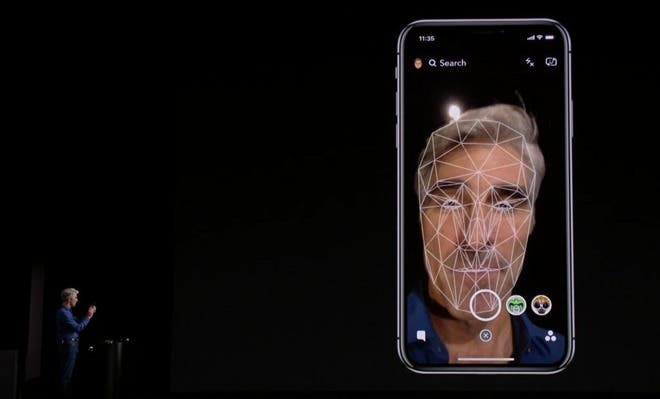When Apple revealed that they were dropping fingerprint sensor on the iPhone X in favor of a new 3D sensing Face ID, a lot of speculation and doubt was put in the new security method, as if it would work properly considering previous facial recognition iterations and if it wouldn’t be a downgrade from the practicality and security given by the fingerprint scanner.
Since the iPhone X arrived for the consumers, people could actually proof how Apple has made the Face ID to be very reliable and fast. And then a lot of attempts in bypassing the sensors started to appear all around the web, everything has failed, until the security firm, Bkav successfuly break Apple Face ID.
The method that the company has used to bypass the iPhone X’s 3D sensing was making a replicated mask from someone’s face that easily tricked the Face ID. Today the company has just announced another mask that will allow twins to defeat Apple’s facial recognition system.
Just after that, the security company advice any iPhone X to not rely on Face ID when dealing with financial transactions, and that includes the US company payment system the Apple ID.
About 2 weeks ago, we recommended that only very important people such as national leaders, large corporation leaders, billionaires, etc. should be cautious when using Face ID. However, with this research result, we have to raise the severity level to every casual users: Face ID is not secure enough to be used in business transactions.”-Ngo Tuan Anh, Vice President of Cyber Security, Bkav
Gizchina News of the week
Bkav’s new mask was made with a cost of $200, according to the company anyone can build a mask of this sort without iPhone X’s owner knowledge. The process involves stone powder and 2D images of eyes glued into the place.
The company ends this announcement stating that the only reliable way to do transactions safely in a smartphone is trough the standard Fingerprint scanner. Worth nothing to mention, that not matter how Apple tease the Face ID reliability and speed, the company only replaced the fingerprint scanner due to not being able to place the fingerprint scanner under the display in enough time.
The next year iPhone X is expected to sport both Face ID and an under glass Fingerprint sensor. Until then, iPhone enthusiasts should risk themselves if they judge that facial recognition system is safe enough to rely on it when inputting important financial data.





